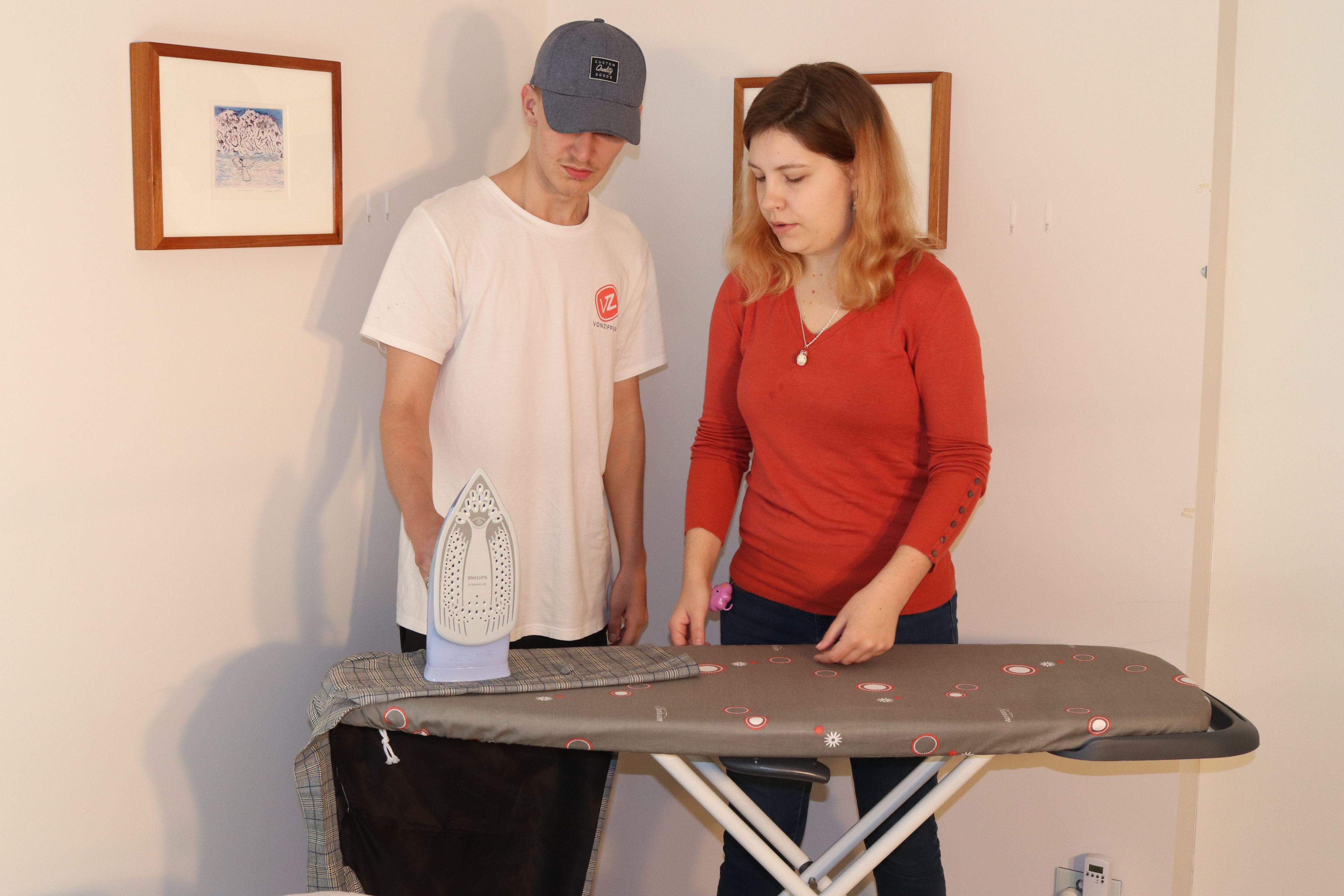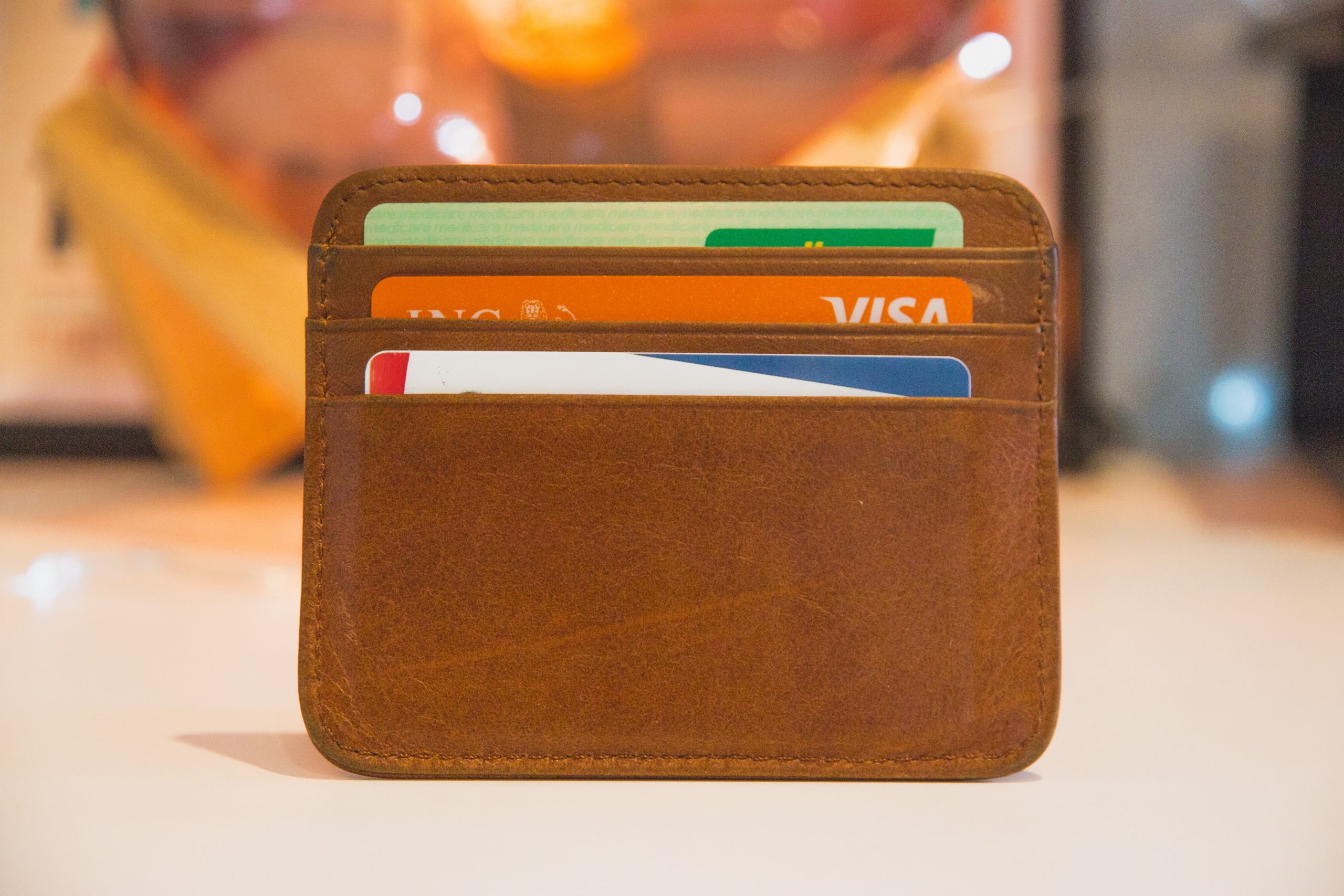NDIS Self Management


What is self management?
If you’re an NDIS participant, chances are you’ve heard of self-management before.
While self-management provides more flexibility (our main mission here at tappON), self-managing your NDIS funding also comes with its own unique set of responsibilities.
Self Management Benefits
Self managing your NDIS funding will provide you with:
- Choice in what supports you purchase, who provides these supports and how they’re delivered
- Flexibility to use any provider
- The ability to employ or contract staff directly, or have someone employ staff on your behalf
- The ability to negotiate costs directly with support providers
- Control over your budget throughout the duration of your plan

Your responsibilities
- You must purchase supports and services that link to your NDIS goals
- Making clear agreements with your providers about the services provided and how you’re going to pay for them
- Ensuring that the costs can be met within your budget
- Claiming and paying for your supports on time
- Keeping your invoices and receipts
- Showing how you’re using your funding to reach your goals at your plan review
- Advising the NDIA of any change in circumstances that may affect your self-management
- Participating in any payment auditing on request.
You’re also able to use your NDIS funding to pay for support to help meet these responsibilities, for example you could hire a support professional to assist with bookkeeping and budget management.
Once you have an approved NDIS plan, you’ll be able to see your plan and support budget online using the NDIS Myplace portal.
The plan will show your goals and the funding that you have available to help meet them. The funding is based on what is considered ‘reasonable and necessary’ for your needs.
What does the NDIS fund?
Core Supports
- These help you with everyday activities, your disability related needs and to work towards your goals.
- You can use the funding that you have in your core budget for any of these types of support. If you run low on funds in one category, you can use some from another category provided your needs are still met within the overall core budget.
- The types of support available to you within your core budget are:
- Assistance with daily living, for example household cleaning
- Consumables, for example continence products
- Assistance with social and community participation, for example a support worker to assist you with social and community activities
- Transport, this is to assist you travel to work and other places that will help you achieve your goals
Capacity Building Supports
- Support Coordination – a fixed amount for a support coordinator to help you use your plan
- Improved living arrangements, support helping you to find and maintain appropriate housing
- Increased social and community participation – skill development to increase your capacity to participate in community, social and recreational activities
- Finding and keeping a job – Employment related support such as training and assessments that can help you find and keep a job
- Improved relationships – to help you interact with others
- Improved health and wellbeing – diet and exercise advice to help you manage your disability
- Improved learning – advice and help for you to proceed to TAFE and University from school
- Improved life choices – plan management to help you manage your plan, funding and services
- Improved daily living – Assessment, training and therapy to help increase your skills, independence and community participation. Can be delivered in groups or individually
Capital Budget
- Assistive Technology – items for mobility, personal care, communication and recreation such as wheelchairs or vehicle modifications
- Home modifications – for example installation of a handrail in a bathroom, or specialist accommodation where required because of their disability
Stated Supports
If your supports are listed as stated supports, this means that funding has been allocated exclusively for that specific support and can’t be used for anything else.
Registered Provider Supports
- Specialist accommodation
- Behaviour support that provides assessment or develops a plan
- Any support where the provider may need to use a restricted practice
How do I pay for my support?
There are a couple of ways to pay for your support with your funding:
- Make a payment request, then pay your provider
- After receiving an invoice from your provider, make a payment request.
Money from your NDIS budget will be paid into your nominated bank account within 48 hours, you can then pay your provider.
- After receiving an invoice from your provider, make a payment request.
- Pay your provider and then make a payment request
- Once you’ve received your support, you pay the provider using your own money and receive a receipt (hold onto this!). Make a payment request and the money will be reimbursed within 48 hours.

Making a payment request
Using the myplace portal, select the payment request option. You’ll then be able to enter the start and end dates for the support, the payment category and the support category. It must match the invoice/receipt from the support provider.
Registered Provider Supports
- Specialist accommodation
- Behaviour support that provides assessment or develops a plan
- Any support where the provider may need to use a restricted practice
General Tips
Create a seperate bank account
- Using a seperate bank account will allow you to see what money is coming in and what’s going out.
- Your funding will only be paid into an account of the individual responsible for self-managing the supports
Record keeping
- Set a day / time each week to make claims through the NDIS myplace portal so that you’re on top of your claims
- Keep track of what works and what doesn’t
- Have a list prepared for your next plan review
Do you want to be in control of your Support?
Get in touch and our team will help get you started today

